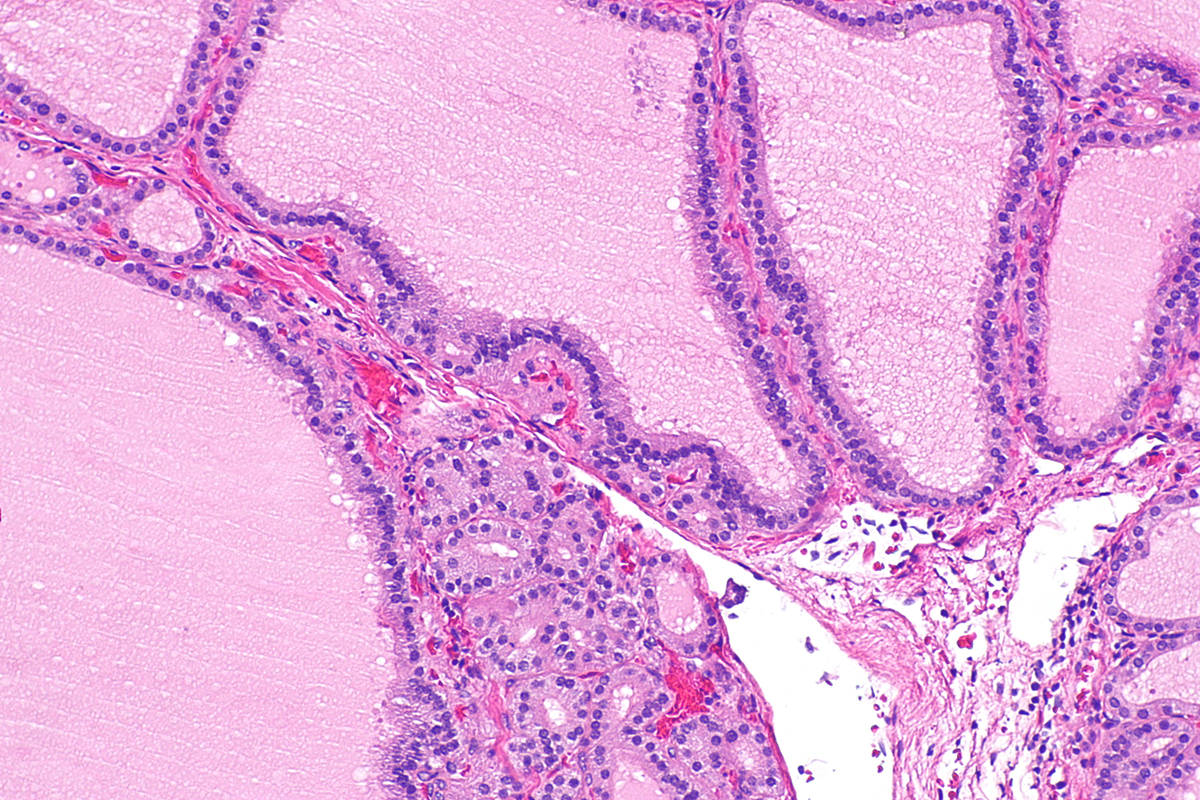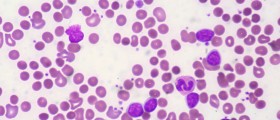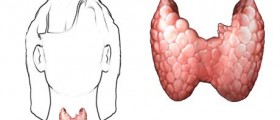
Grave’s disease is an autoimmune disease characterized by overactive thyroid gland. In Grave’s disease, thyroid hormones are being produced in excessive amount, as a response to autoimmune reaction. The overproduction of the hormones is caused by autoantibodies to the TSH-receptor that activates TSH-receptor. The resulting hyperthyroidism manifests as a series of neuropsychological and physical symptoms, affecting every level of patient’s life.
Causes and epidemiology
This disease is the most common cause of hyperthyroidism in children and adolescents, and the leading cause of severehyperthyroidism. Grave’s disease is more common in women and usually begins after age 20. The exact cause of Grave’s disease is yet unknown, but researchers believe that certain factors such as family history, stress and smoking, may determine one’s likelihood of developing the disease. It
In Grave’s disease, the immune system mistakenly attacks the thyroid gland stimulating the thyroid to make excessive amounts of thyroid hormone. Thyroxin, a hormone produced by the thyroid, affects numerous body systems and, if excessive, causes many health problems.
It is estimated that 25-30% of people with Grave’s disease also suffer from Grave’s ophthalmopathy, a protrusion of the eyes caused by inflammation of the eye muscles. A small number of patients with Grave’s disease may also develop Grave’s dermopathy, which is a skin condition that results from a buildup of certain carbohydrates in the skin.
Symptoms of Grave’s disease
Grave’s disease is characterized by numerous symptoms such as: anxiety, irritability, difficulty sleeping, fatigue, irregular heartbeat, tremor of the hands or fingers, increase in perspiration, sensitivity to heat, unexplained weight loss, brittle hair, enlargement of the thyroid gland, irregularities in menstrual cycle, and frequent bowel movements.
Symptoms of Grave’s ophthalmopathy
Grave’s ophthalmology is caused by swelling of the tissues and muscles behind the eyes, which causes the eyeballs to bulge out and to be pushed forward. The eyes may feel very dry and the other symptoms include excessive tearing and feeling of grit or sand in either or both eyes, redness and inflammation of the eyes, widening of the space between the eyelids, swelling of the lids and tissues around the eyes, hypersensitivity to light, double vision, limited eye movements, and blurred or reduced vision.
Symptoms of Grave’s dermopathy
Grave’s dermopathy is a rare skin condition characterized by red, swollen skin, usually on the shins and tops of the feet. Texture of the skin is usually described as similar to an orange peel. Treatment of Grave’s dermopathy involves treatment of underlying Grave’s disease and topical application of cortisone creams.













-And-Children-16-Warning-Signs-And-Symptoms_f_280x120.jpg)



Your thoughts on this
Loading...